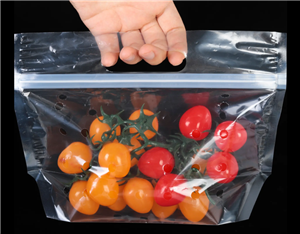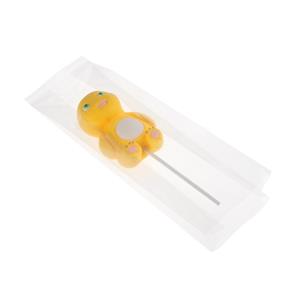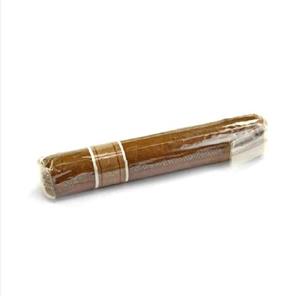- Home
- >
- News
- >
- Industry News
- >
- Is it safe to store food in cellophane bags?
Is it safe to store food in cellophane bags?
Introduction:
In recent years, there has been a growing concern among consumers regarding the safety of storing food in cellophane bags. While these bags are commonly used in the B2B sector for packaging and preserving food products, questions have been raised about potential health risks associated with their use. This article aims to analyze the safety of storing food in cellophane bags and provide an informed perspective on the matter.
Body:
1. Understanding Cellophane Bags:
Cellophane bags are made from a transparent film derived from cellulose, a natural polymer found in plant cell walls. They are widely used in the food industry due to their excellent moisture resistance, transparency, and low cost. However, concerns have been raised regarding the potential migration of harmful substances from the bags into the food.
2. Safety Regulations and Standards:
Food packaging materials, including cellophane bags, are subject to strict safety regulations and standards imposed by various government agencies. These regulations ensure that the materials used in food packaging do not pose any health risks to consumers. Cellophane bags must comply with these regulations to be considered safe for storing food.
3. Migration of Substances:
One of the primary concerns surrounding cellophane bags is the potential migration of substances into the food. Studies have shown that certain substances, such as plasticizers, can migrate from packaging materials into food. However, the migration levels are typically well below the safety limits established by regulatory bodies.
4. Proper Usage and Storage:
The safety of storing food in cellophane bags also depends on proper usage and storage. It is important to ensure that the bags are not exposed to excessive heat, as high temperatures can increase the likelihood of substance migration. Additionally, storing food in cellophane bags should be done in a cool and dry environment to maintain food quality and safety.
5. Alternatives to Cellophane Bags:
For those who remain concerned about the safety of cellophane bags, there are alternatives available. Food-grade plastics, such as polyethylene and polypropylene, are commonly used in the food industry and are considered safe for storing food. However, these alternatives may have their own environmental implications, and their use should be carefully evaluated.
Conclusion:
While concerns about the safety of storing food in cellophane bags exist, current evidence suggests that when used properly and in compliance with safety regulations, these bags pose minimal health risks. It is crucial for B2B sellers and consumers to be aware of proper usage guidelines and storage conditions to ensure food safety. As with any packaging material, regular monitoring and updates in safety regulations are essential to maintain consumer confidence in the food industry.




